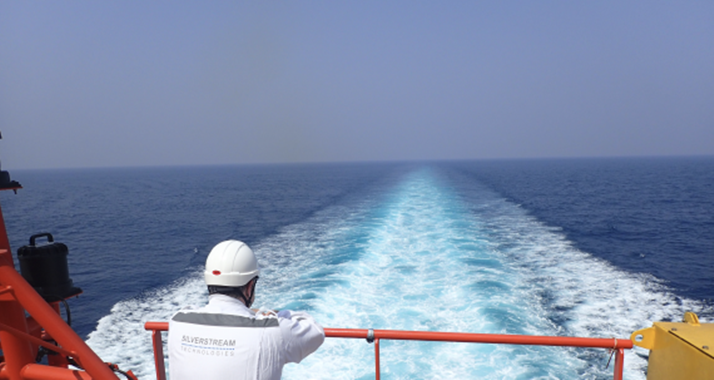
Although air lubrication has been increasing operational flexibility and reducing fuel consumption and emissions for major players in the maritime industry for over a decade, there are still some misconceptions surrounding this innovative energy-saving technology. Here we consider the most common myths surrounding air lubrication, and how the market-leading Silverstream® System is helping to decarbonise the industry.
HOW AIR LUBRICATION WORKS
Air lubrication fundamentally changes the interaction between water and a vessel's hull, shearing air from air release units to create a carpet of microbubbles that coat the flat bottom of the vessel. This reduces fuel consumption and associated emissions by decreasing the frictional resistance – in a nutshell, it takes some of the effort out of pushing the vessel through the water. The biggest benefit of this is operational flexibility – owners can choose whether to maintain normal operational speed and benefit from a reduction in fuel consumption and emissions or opt for higher speeds with the same power requirement.
Another benefit of air lubrication is regulatory compliance – it is a clean technology recognised under the IMO's Energy Efficiency Design Index (EEDI) for newbuilds. It is also one of the key means for existing vessels to improve their efficiency rating on the IMO's Energy Efficiency Existing Ship Index (EEXI) – a commercial requirement as decarbonisation targets tighten. The technology also helps vessels to reduce their carbon intensity in order to meet the requirements of the IMO's operational carbon intensity indicator (CII), which demands that ships of 5,000 gross tonnage and above know their operational carbon intensity to ensure a continuous reduction of emissions within a specific level.
Read more in Wärtsilä here.
Source: Silverstream Technologies
The opinions expressed herein are the author's and not necessarily those of The Xinde Marine News.
Please Contact Us at:







